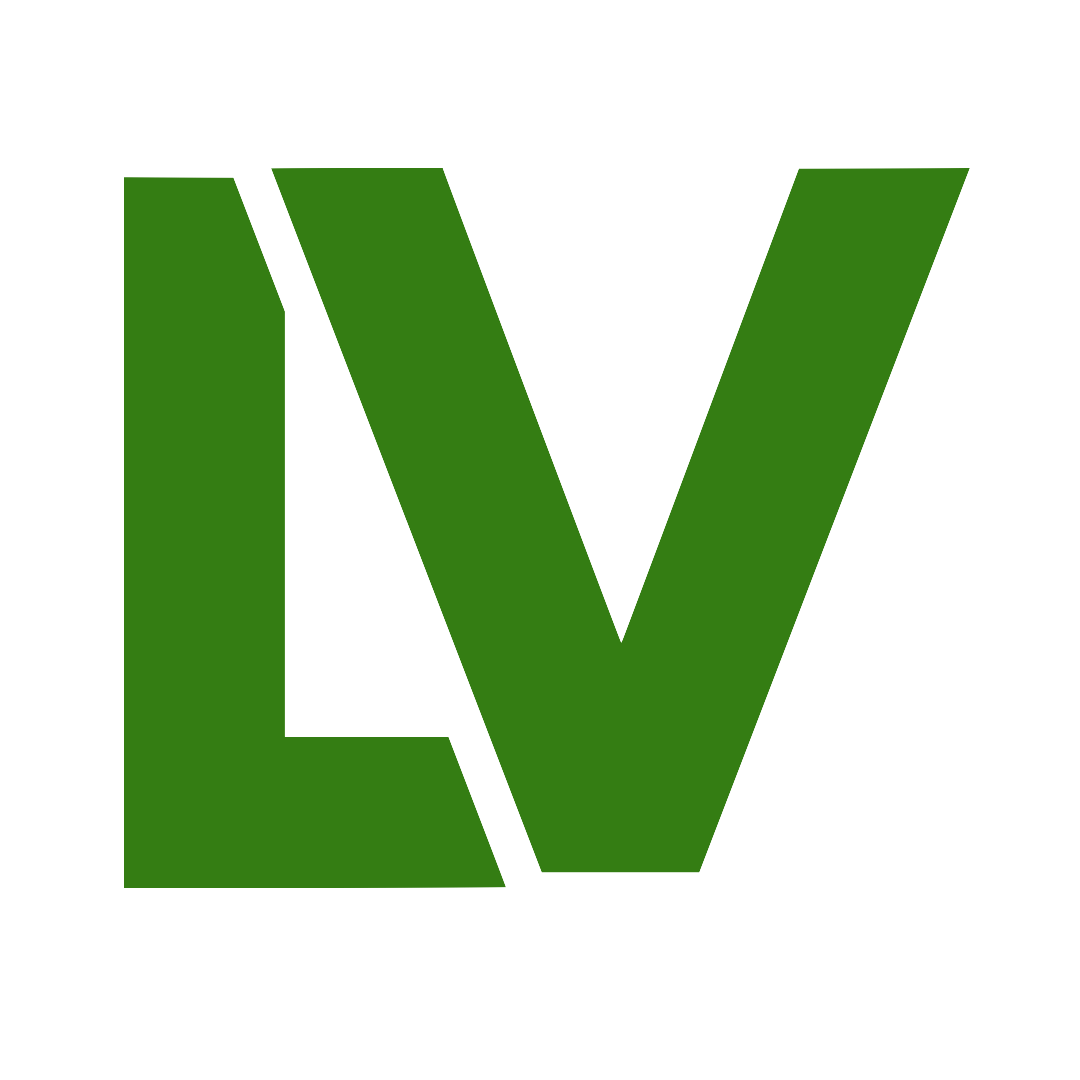
Conserve & Protect
Protect Native Pollinators in Liberty Village
Native plants and species form an ecosystem that has evolved over millennia of evolution to nature a broad array of diversity. Invasive species, usually brought by humans from other places, can quite quickly disrupt the balance of an ecosystem. More practically, they can also be dangerous, like the blue, downward pointing, Siberian squill in Toronto that can be poisonous to dogs when consumed in large quantity.
The largest threat to native species is habitat loss from increasing urbanization that reduces the total amount of green space but also creates segmented, isolated, patches scattered among concrete and smog. To mitigate these effects, the City of Toronto provides PollinateTO Grants that can contribute up to $5000 to support community-led projects for a new pollinator garden or to expand an existing garden by adding native pollinator-friendly plants. Eligible PollinateTO projects must involve the community, directly result in the creation of pollinator habitat in the city that is both accessible to the public and includes an educational component to inform others about pollinator stewardship. For more information on what the city is doing, you can check out Toronto’s Pollinator Protection Strategy and Biodiversity Strategy.
Dense communities like Liberty Village have the opportunity to create “pollinator corridors” by seeding green space from neighboring buildings with similar native plants that support similar native bees, butterflies, and other pollinators to travel safely, cover more ground. If this sounds like a project that interests you, sign up with us at the bottom of the page.
